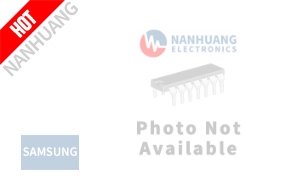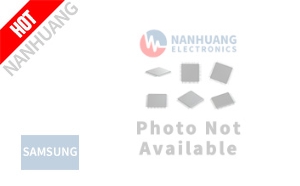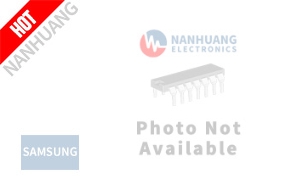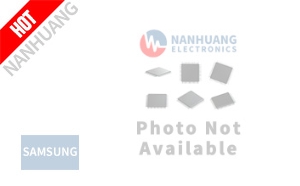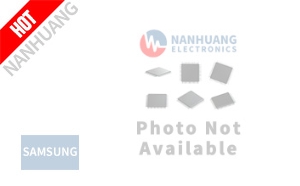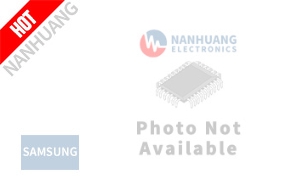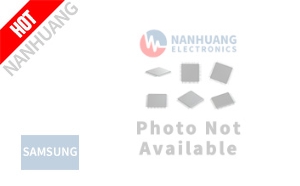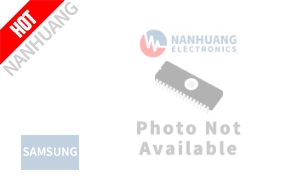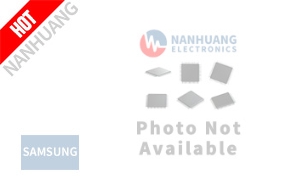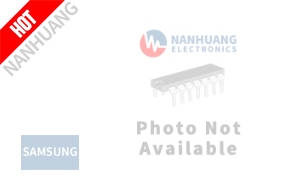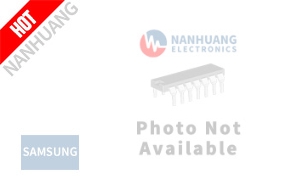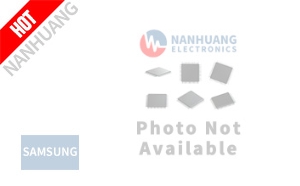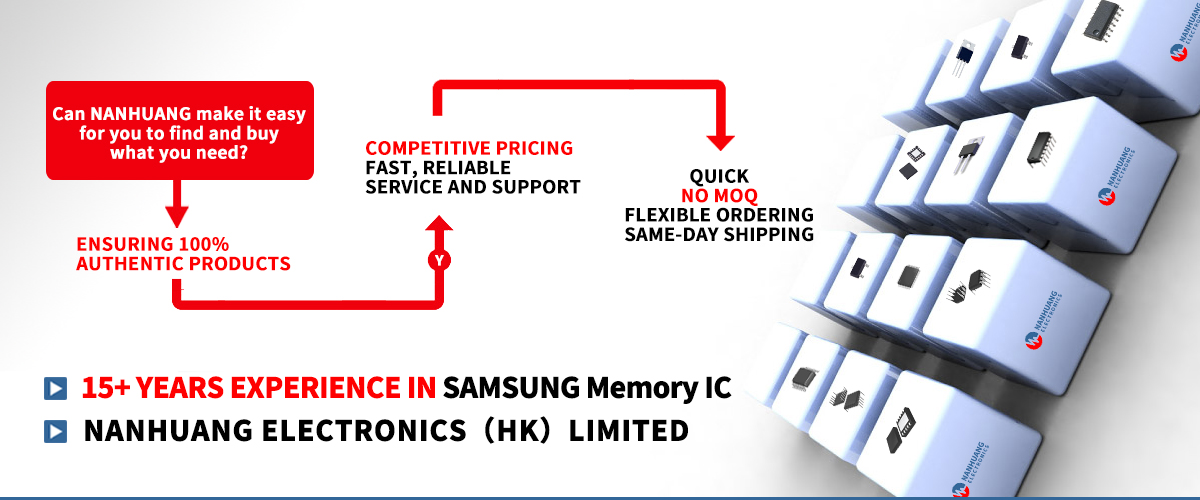
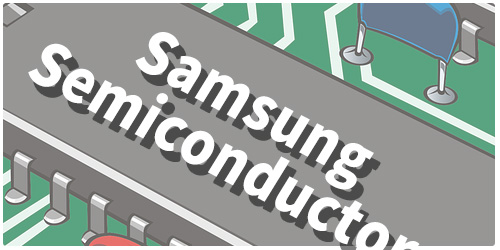
SAMSUNG is the world's largest memory chip manufacturer and, from 2017 to 2018, had been the largest semiconductor company in the world, briefly dethroning Intel, the decades-long champion. Since the early 1990s, SAMSUNG Electronics has commercially introduced a number of new memory technologies. SAMSUNG commercially introduced SDRAM in 1992, and later DDR SDRAM and GDDR SGRAM in 1998. In 2009, SAMSUNG started mass-producing 30 nm-class NAND flash memory, and in 2010 succeeded in mass-producing 30 nm class DRAM and 20 nm class NAND flash, both of which were for the first time in the world. In the second quarter of 2020 subject to market conditions, the company is planning to start mass production of 5 nm chips using Extreme ultraviolet lithography (EUV) and aims to become a leader in EUV process use.
Another area where SAMSUNG has had significant business in for years is the foundry segment. It had begun investment in the foundry business since 2006, and positioned it as one of the strategic pillars for semiconductor growth. Since then, SAMSUNG has been a leader in semiconductor device fabrication. SAMSUNG began mass-production of a 20 nm class semiconductor manufacturing process in 2010, followed by a 10 nm class FinFET process in 2013, and 7 nm FinFET nodes in 2018. SAMSUNG also began production of the first 5 nm nodes in late 2018, with plans to introduce 3 nm GAAFET nodes by 2021.
According to market research firm Gartner, during the second quarter of 2010, SAMSUNG Electronics took the top position in the DRAM segment due to brisk sales of the item on the world market. Gartner analysts said in their report, "SAMSUNG cemented its leading position by taking a 35-percent market share. All the other suppliers had minimal change in their shares." The company took the top slot in the ranking, followed by Hynix, Elpida, and Micron, said Gartner.
In 2010, market researcher IC Insights predicted that SAMSUNG would become the world's-biggest semiconductor chip supplier by 2014, surpassing Intel. For the ten-year period from 1999 to 2009, SAMSUNG's compound annual growth rate in semiconductor revenues was 13.5 percent, compared with 3.4 percent for Intel. For 2015, IC Insights and Gartner announced that SAMSUNG was the fourth largest chip manufacturer in the world. SAMSUNG eventually surpassed Intel to become the world's largest semiconductor company in 2017.
DRAM
As the memory industry leader for more than two decades, SAMSUNG has continued pioneering milestone DRAM technologies since the early 1980s. SAMSUNG’s leading-edge DRAM solutions are widely used in today’s most up-to-date digital devices, based on the solutions’ industry-leading performance, density and energy-efficiency. SAMSUNG has been providing the industry’s first DRAM solutions based on 10nm-class process and HBM memory for use in applications ranging from High-Performance Computing (HPC), advanced graphics and network systems, next-generation datacenters, enterprise servers and artificial intelligence that deal with data-intensive applications including real-time analytics, high-frequency trading and artificial intelligence.
NAND flash
SAMSUNG has been an innovator in flash memory technologies, offering a host of high-performance, high-density, high-reliability data storage solutions for use in PCs, enterprise storage, mobile devices, branded SSDs and external memory cards.
Since 2013, SAMSUNG’s industry-first 3D V-NAND technology has overcome the challenges posed for former data storage devices and secured optimal performance, density and reliability. In particular, SAMSUNG’s V-NAND SSDs offer unprecedented scalability that will continue to address the ever-increasing needs for data processing and storage systems.
System LSI
SAMSUNG's Exynos family, a line-up of mobile processors, is designed to power the devices of today across the IT landscape, from premium mobile devices to automotive and IoT applications. Available with the industry’s most advanced process technologies, as well as the latest multi-mode modem and connectivity solutions for 2G to 5G, SAMSUNG’s flagship processors bring outstanding performance and power efficiency to meet a wide range of requirements of today’s smart and connected devices.
Image sensor
Through advanced mobile imaging technologies, SAMSUNG’s ISOCELL image sensors enable DSLR-level photography experiences with excellent color and brightness, fast auto focus and diverse dual-camera solutions on today’s mobile devices. SAMSUNG’s image sensors, when used for automotive applications, also offer safer driving experiences with clearer views and more accurate object detection.
- IC DRAM FLASH MEMORY IC
- IC DRAM FLASH MEMORY IC
- IC DRAM FLASH MEMORY IC
- IC DRAM FLASH MEMORY IC
- IC DRAM FLASH MEMORY IC
- IC DRAM FLASH MEMORY IC
- IC DRAM FLASH MEMORY IC
- IC DRAM FLASH MEMORY IC
- IC DRAM FLASH MEMORY IC
- IC DRAM FLASH MEMORY IC
- IC DRAM FLASH MEMORY IC
- IC DRAM FLASH MEMORY IC
- Samsung announced that it has begun mass producing the industry’s first 16-gigabyte (GB) LPDDR5 mobi
- Samsung has begun mass producing the industry's first 512-gigabyte (GB) UFS (embedded Universal Flas
- Samsung announced the first premium 5G-integrated mobile processor built on the most advanced 5nm EU
- Samsung announced that it has begun mass producing its latest smartphone memory solution
- Samsung Electronics introduced ISOCELL Auto 4AC, an automotive image sensor
- Samsung announced its new wearable processor, the Exynos W920


